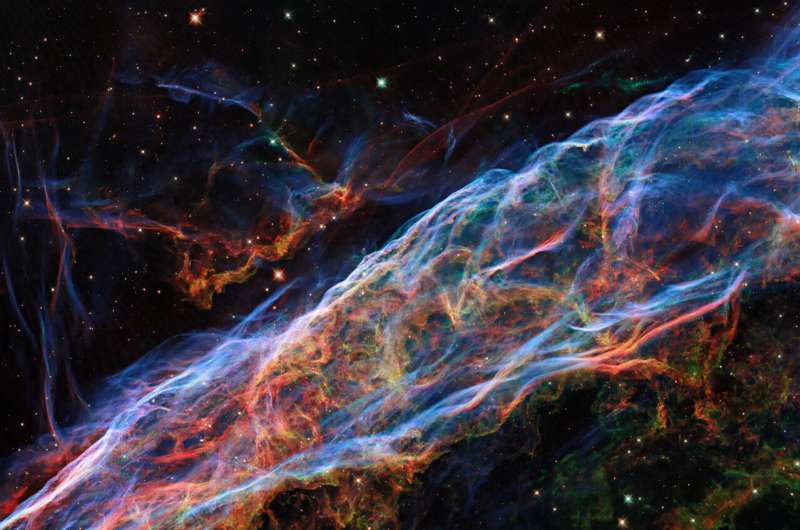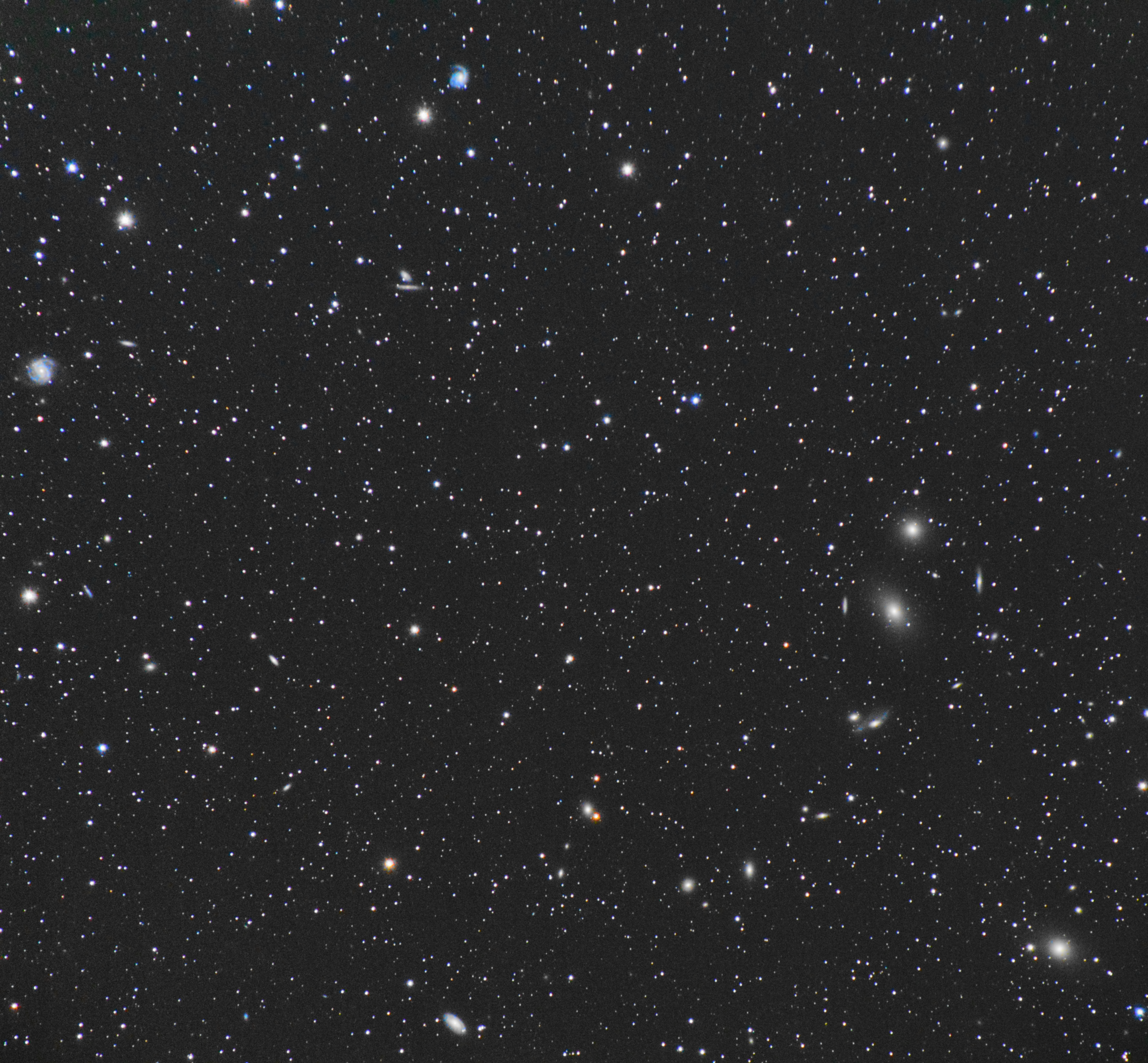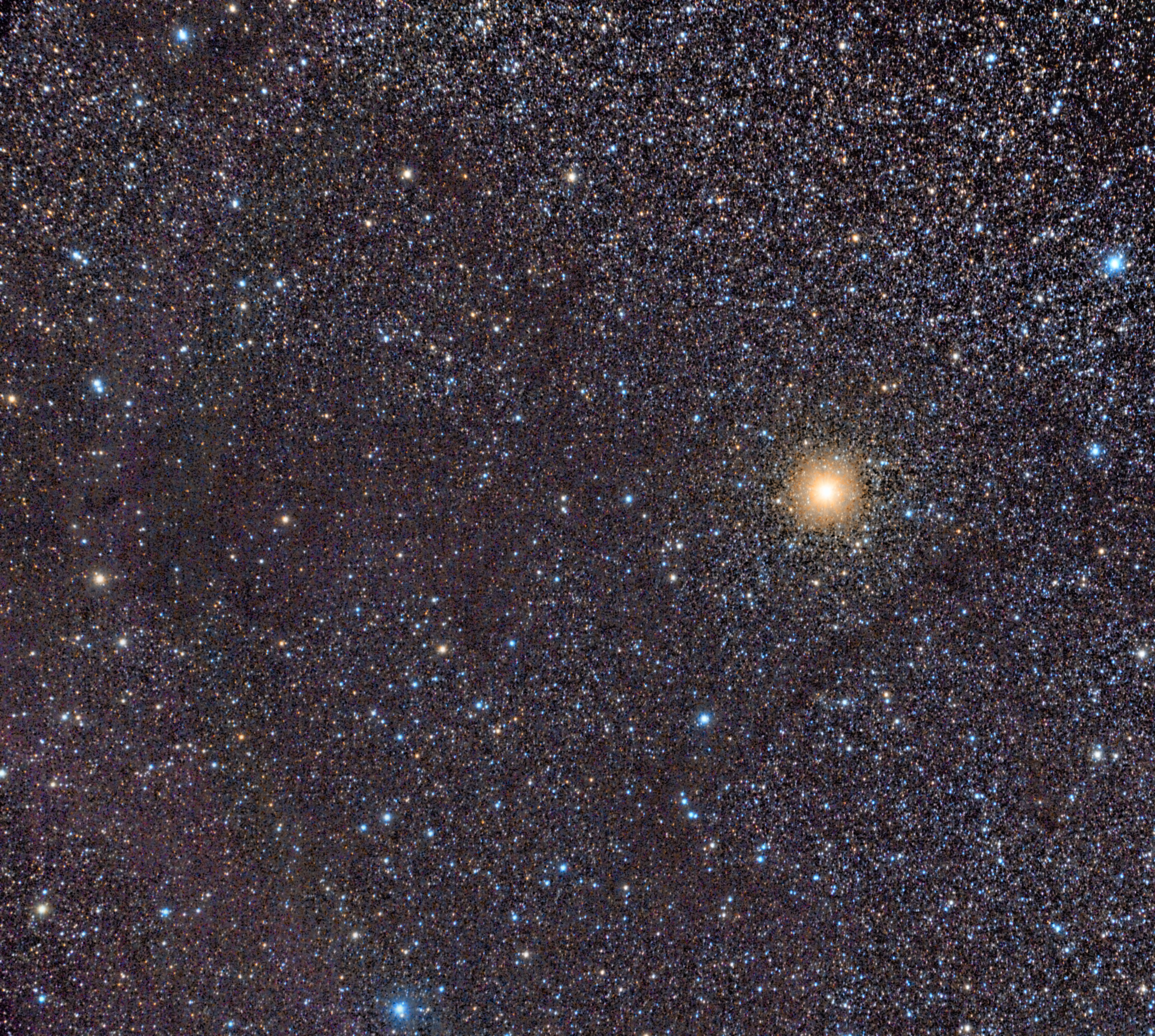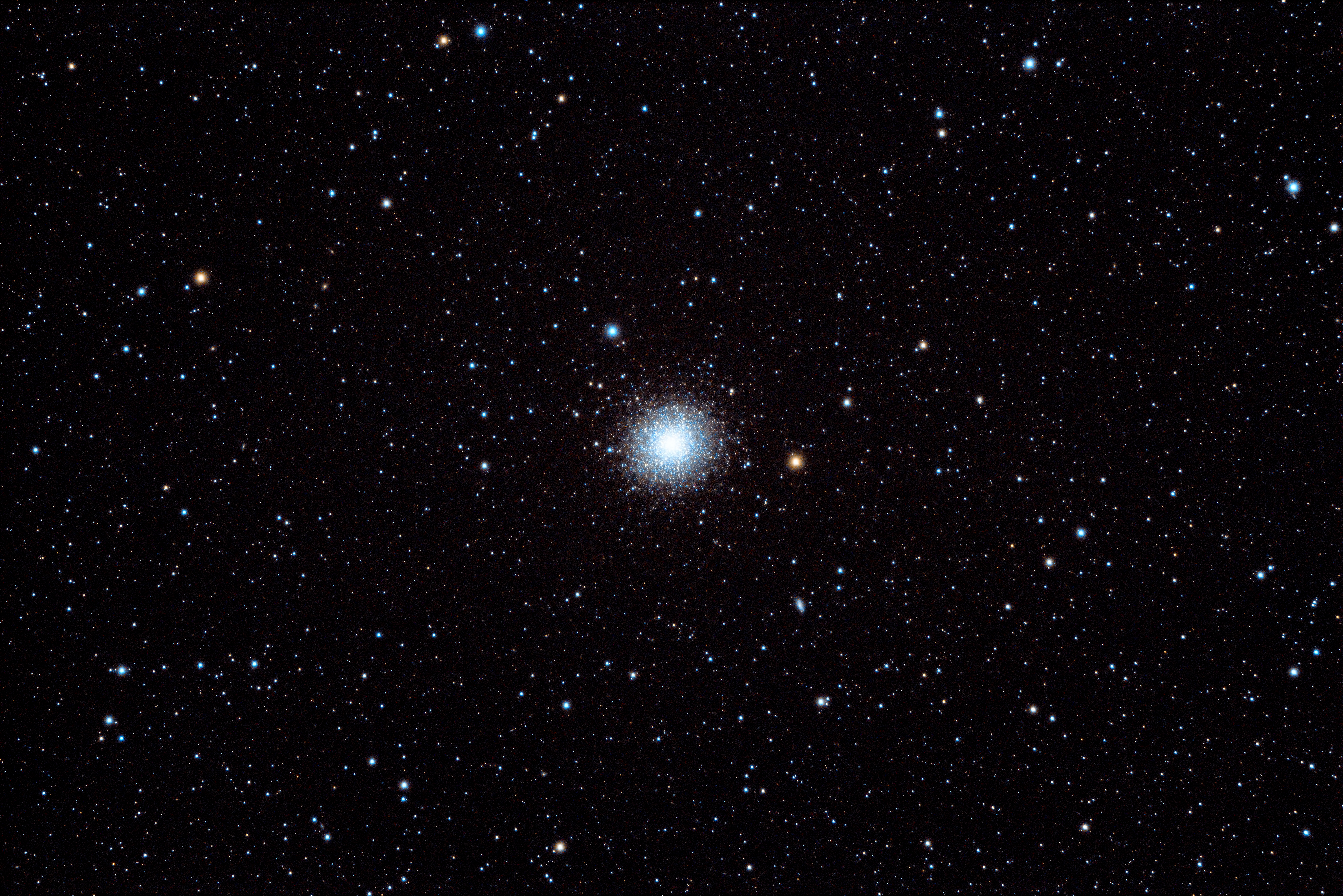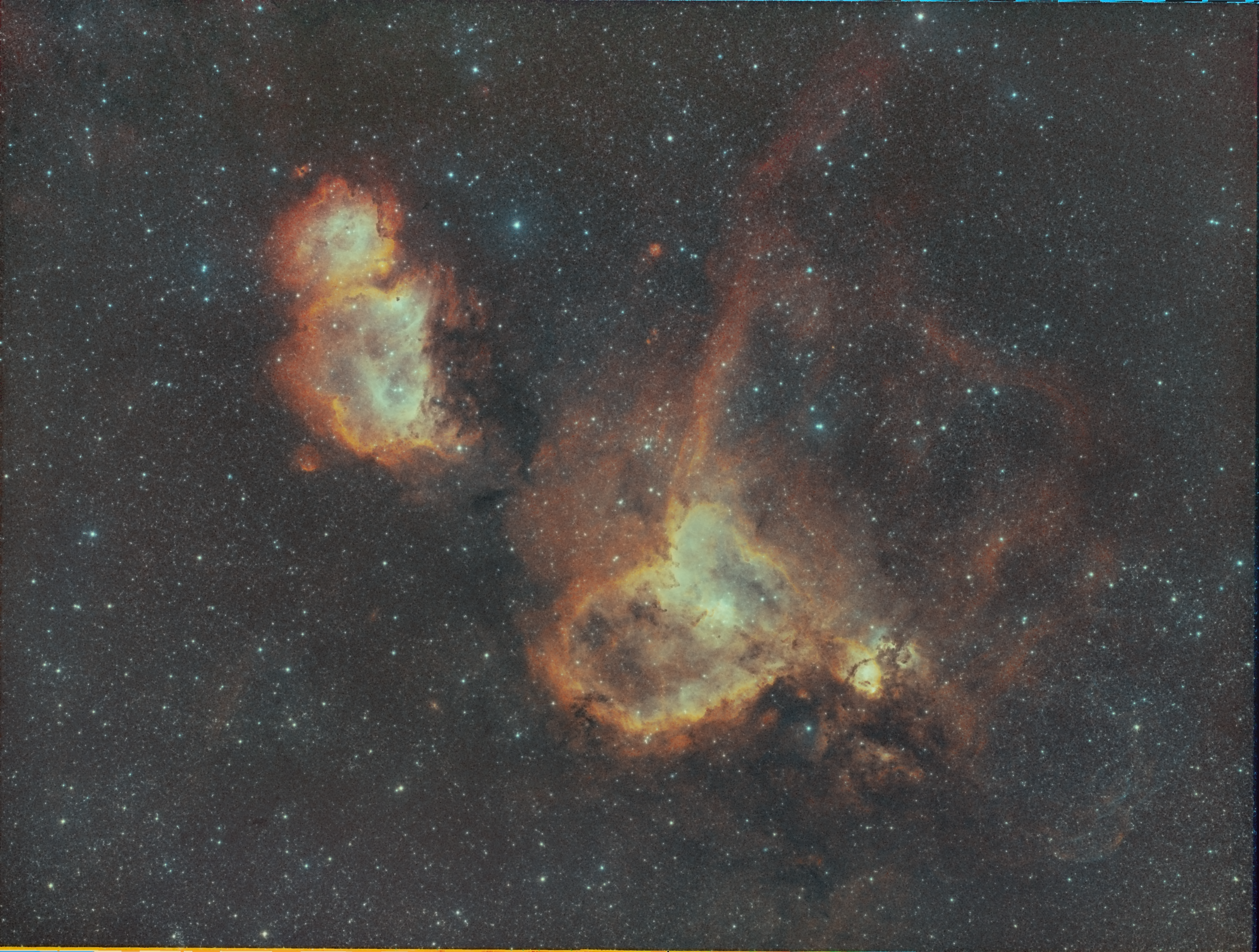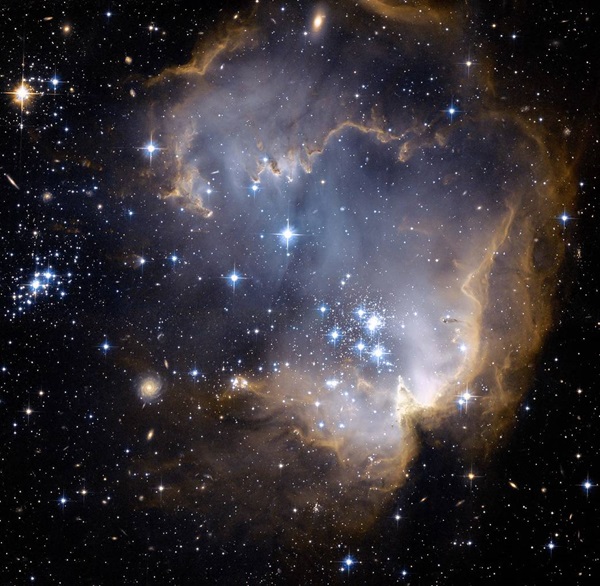Interesting Astronomy & Astrophysics news from the week of 3/28/2021
Next week’s night sky: The moon will officially reach its new phase on Sunday, April 11 at 10:30 p.m. EDT or 7:30 p.m. PDT. That translates to 02:30 Greenwich Mean Time (GMT) on Monday, April 12. While new, the moon is traveling between Earth and the sun. Since sunlight can only reach the far side of the moon, and the moon is in the same region of the sky as the sun, the moon becomes completely hidden from view from anywhere on Earth for about a day. […]
Read more